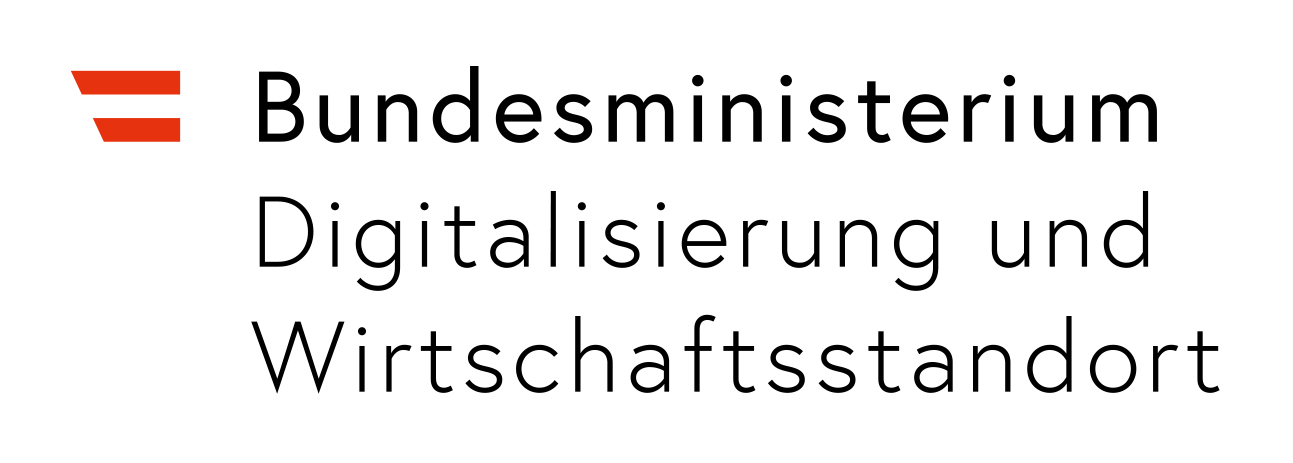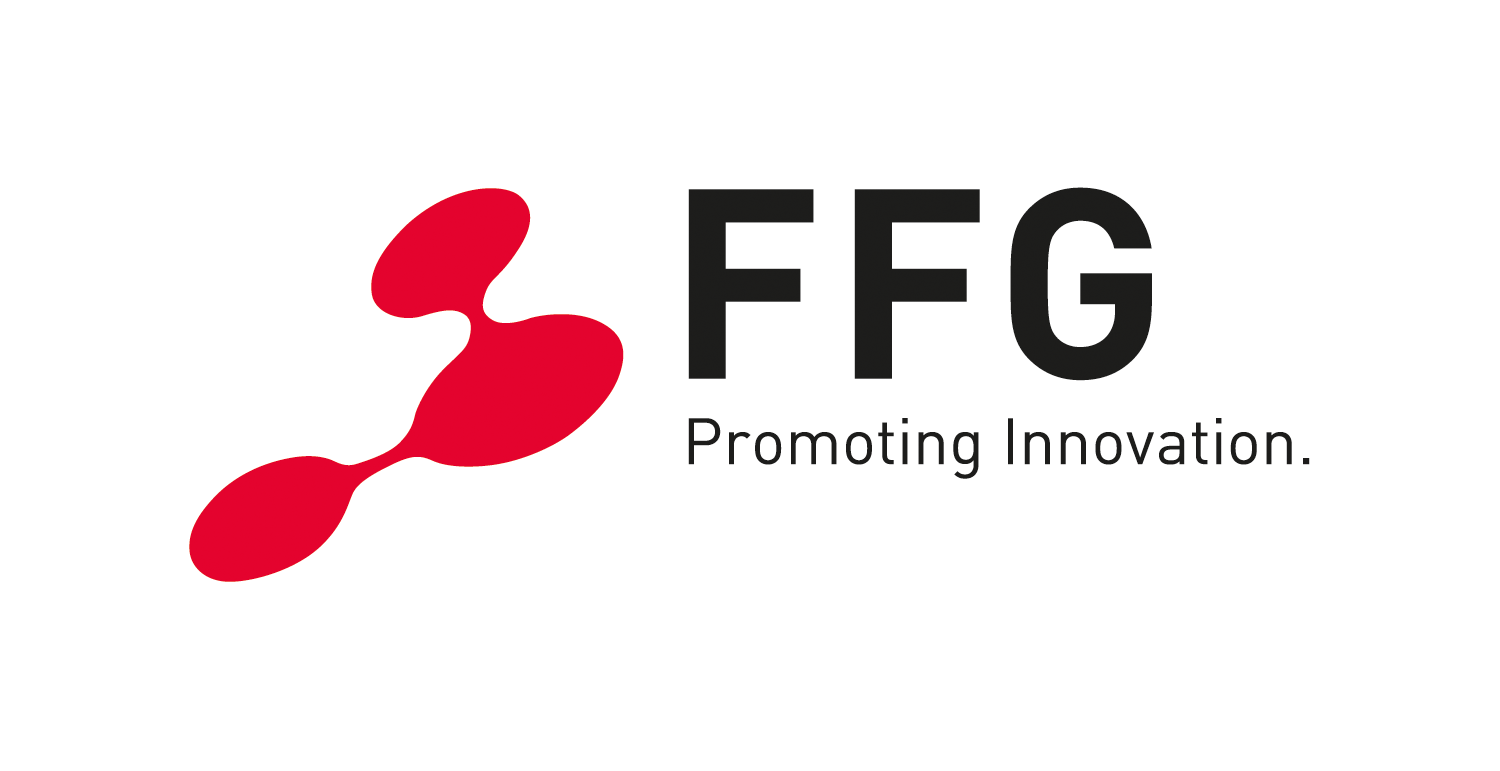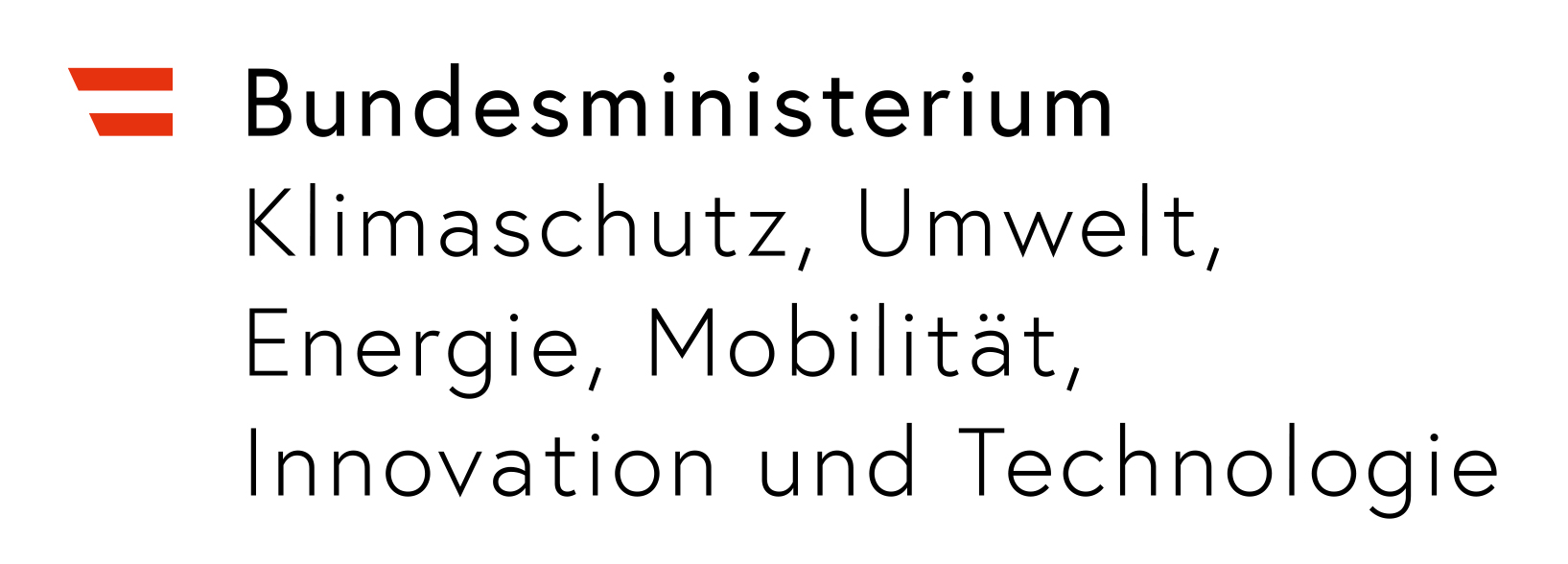Hyfficient - Highly Efficient Stationary Fuel Cells
Hydrogen can be converted into electricity at high efficiencies by fuel cells and they are therefore considered as one of the key technologies of a sustainable economy
The production of renewable energy by wind, PV and hydro power plants often do not meet the energy demand at the right time, causing substantial discrepancies which need to be covered. Due to the significant increase of the global energy demand, as well as continuous shift from fossil towards renewable energy production, these problems will rise drastically in future. Hence, there is a big need of emission-free conversion technologies which can supply green electricity at the right amount, time and place and provide the missing flexibility to the overall energy system.

With the fuel cell technology H2 can be converted to electricity at high efficiencies even at part load operation and therefore are seen as one of the key technologies that will facilitate the transition towards a low-carbon economy. Fuel Cells (FC) cannot only be used in mobile application, but also there is a high potential to use the technology for stationary applications. Usually, stationary fuel cells are also making use of the waste heat and hence are operated as CHP (combined heat and power). Proton exchange membrane fuel cells (PEMFC) and solid-oxide fuel cells (SOFC) are two potential energy conversion technologies to (co-)generate green electricity (and heat) from hydrogen. Besides lower emissions, they also have the advantage of quiet and flexible operation and enable autonomy from the power grid. Therefore, they are an environmentally friendly alternative to fossil driven combustion engines.
The PEM FC technology is already available on the market and enable a highly dynamic and efficient operation. Nevertheless, there are specific requirements to fulfill, but also chances for improvement for stationary application especially for efficiency improvement.

The SOFC technology is working at high temperatures of >650°C and the produced high temperature waste heat can be used effectively e.g., for industrial applications resulting. In addition, the SOFC is less sensitivity to H2 quality and can be also operated with different types of fuels like natural gas. Nevertheless, the technology is at an early development stage and further R&D is needed to bring the technology on the next stage.
To be competitive on the market, the technologies have to fulfil specific requirements like cost competitiveness, high efficiency, reliability, power quality and long lifetime. The Hyfficient project aims to address these key research questions:
- improve the overall efficiency of PEM and SO fuel cells via design and operation optimization by multi-parameter simulation and experiments with fuel cell cells, stacks and systems
- increase the system efficiency by optimal usage of waste heat recovery
- improve industrialization of cell, stack and system production to reduce costs
- investigation of possible business cases by a systemic simulation approach
© TU Graz - IWT
|
Short facts: |
|
|
Duration |
04/2021 – 03/2024 |
|
Area |
Energy & Industry |
|
Project Lead + Contact |
HyCentA Research GmbH |
|
Partner |
AVL List GmbH, TU Graz – IWT & ITNA, Profactor GmbH, Verbund Thermal Power GmbH |





